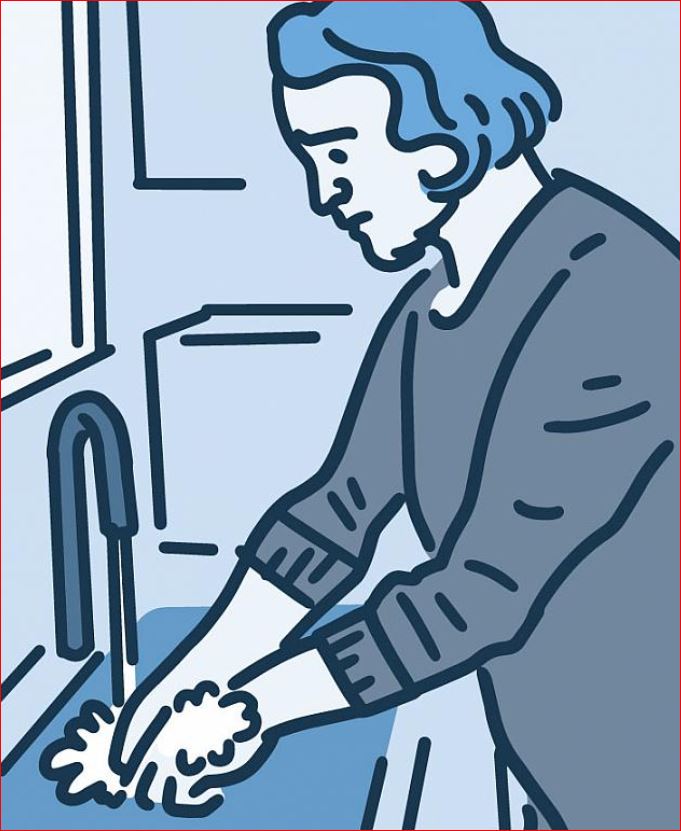Seasonal Affective Disorder
Many people go through short periods of time where they feel sad or not like their usual selves. Sometimes, these mood changes begin and end when the seasons change. People may start to feel “down†when the days get shorter in the fall and winter (also called “winter bluesâ€) and begin to feel better in the spring, with longer daylight hours.

